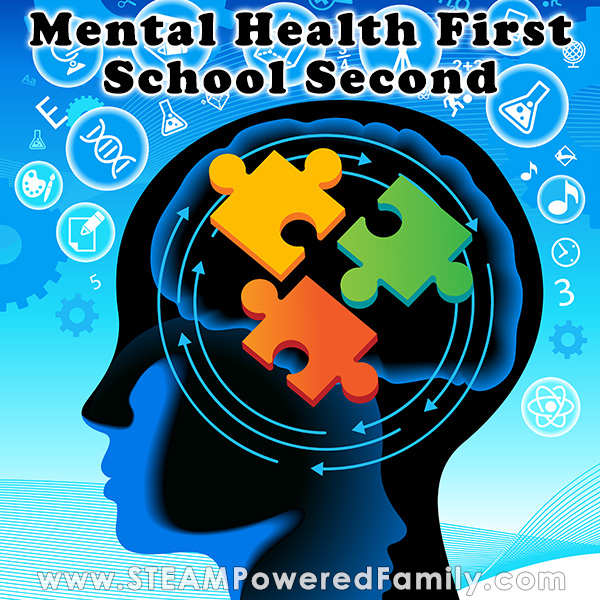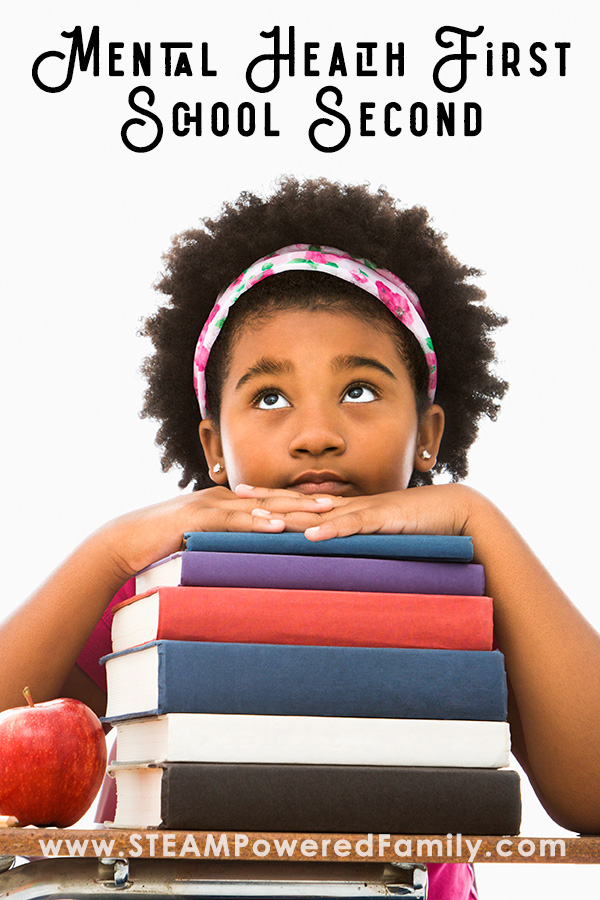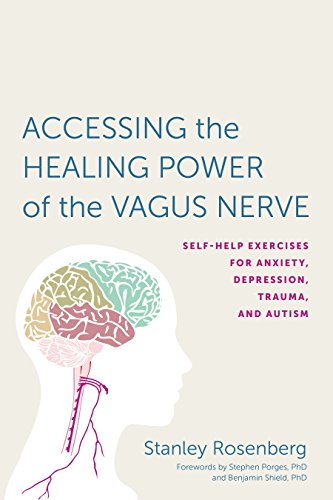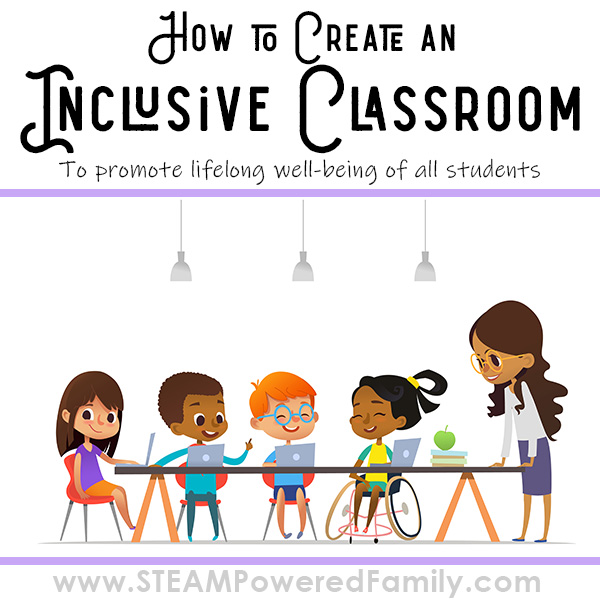Mental Health First, School Second
Back to school means time to hit the books, focus on academics, and foster a love of learning. But what happens for students that suffer from adverse childhood experiences (ACES) or anxiety? When students have traumatic experiences, stress or anxiety in their lives, it’s time to focus on mental health first, school second. We should always put our children’s well-being at the forefront of our minds in the classroom. For many students, academics have no purpose until we address their mental health, especially where trauma is involved.
FOCUSING ON MENTAL HEALTH BEFORE ACADEMICS

Disclaimer: This article may contain commission or affiliate links. As an Amazon Influencer I earn from qualifying purchases.
Not seeing our videos? Turn off any adblockers to ensure our video feed can be seen. Or visit our YouTube channel to see if the video has been uploaded there. We are slowly uploading our archives. Thanks!
Start with a Check-In
One way to address mental health first is by having a daily check-in system. Doing this digitally on a Google Form, for example, is a great way to do this in a classroom discretely. Ask simple questions with multiple choice options like “How are you today?” (i.e. “I am great”, “I’m OK”, “I’m struggling”, “I need someone to talk to right away.”). These options give your students an ability to let you know when they need someone to check up on them. You can also track the data on their health and well-being. Maybe you’ll notice that Mondays are really tough after the weekend or they struggle before or after assessments.
A Technology Free Check-In Option
If using technology to check in with your students is not possible, try a tech free solution with Post-It notes.
You can do this by creating a wall chart. Some field options for your wall chart might be: I’m great, I’m ok, I’m meh, I’m not great, I’m struggling and could use a check in, or any other fields you feel are appropriate. Every morning provide the students with Post-Its. Ask them to write their name on the back and place their Post-It notes indicating how they are doing on the chart.
For this approach to work, the whole class needs to buy into the importance of mental health. They need to have the respect for all students so they can be vulnerable and honest. This will require you to have frank and open discussions before starting the project. One great benefit of this approach is that you may find other students will start checking in with each other if they see their peer put a Post It in one of the struggling fields. This can lead to the development of some wonderful peer support connections.
If anonymity and privacy is an issue in your classroom, have the students place their Post-It’s in a series of boxes labeled with the options. Or print cards with check boxes and have them place all cards in one box. This way students maintain their privacy.
The Key To Successful Classroom Mental Health Check Ins
The key to an effective check-in is opening a safe dialogue between you and your students. This makes talking about their mental health a regular, daily activity, without judgment or ridicule from peers. This will require quite a bit of effort and thought from you to ensure that you have the time and ability to follow up with the students who need it.
It is also important that you find discrete ways to check in with each student, so no one feels called out or put in the spotlight.
Address Maslow Before Bloom’s
Before focusing on learning objectives, students’ basic needs need to be met. Make sure your students feel safe and secure. The benefit of using Google Forms, is that you can quickly do a more in-depth check-in.
Your check-in may include questions about how they are sleeping or if they’ve had breakfast. Many communities or parents will be happy to provide donations of snacks for your students that don’t have access to breakfast each morning. Allow your students to carry water bottles in class to stay hydrated and refresh their bodies and minds.
Maslow’s Hierarchy of needs starts with physiological needs such as air, water, food, and shelter. If your students don’t have a safe place to live and sleep, or are not getting their nutritional needs met, they can not learn. If you suspect that these needs are not being met, address it immediately with your administrator, school counselor, or social worker. They can help refer families to resources and organizations within or outside the school system for help.
Once those basic needs are met, we can move on to Bloom’s taxonomy. With Bloom’s the goal is to encourage higher-order thought by building up from lower-level cognitive skills. But without a strong, healthy foundation, academics and learning simply can not happen for a child struggling with mental health issues.
Build Relationships
Recognizing what your students need when it comes to mental health and well-being becomes easier if you start by building relationships first. Ask your students to share about their families, hobbies, likes, and dislikes. Spend some time each day just asking non-academic related questions. Building that trust throughout the year will help them feel comfortable and able to share when things are not going so well.
Focus on Connection
Polyvagal Theory explores how a person, or child, moves between states of either protection or connection. This is done at an instinctual level, with no conscious intervention by the individual. I highly recommend learning about Polyvagal Theory and how to recognize the states through body language. It will help you understand your students and their behaviours on a much deeper level.
When a child is in a state of protection due to stress, trauma and external influences, their body is prepped for fight or flight. It affects all of their organs and senses. Their brain is flooded with cortisol, epinephrine and norepinephrine as it prepares to fight to survive. When a child is in this state, they can not retain information and learn. We need to help them move to a connected state.
When in a connected state, a child is relaxed, making eye contact, sleeping and eating well. They foster connections with others, and are well grounded and attuned to those around them. This is the perfect state for a child to learn and grow.
Your school counselor can help you discover ways of helping a child move from a state of protection, into a state of connection. Sometimes it is simply a matter of doing some breathing and mindfulness exercises to help a child feel more grounded and connected. Something that can help all the students in your class.
There may be adjustments that can be made to help a child feel safer in the class or school. When a child feels safe, they are more open to connections. By focusing on connection you will see dramatic improvements in the classroom.
They Will Catch Up
One of the things I hear over and over again, is parents and teachers stressing about children falling behind. It is so important that we not let own anxieties further harm these children. This pressure was so bad in the school system in our experience that it became the driving force behind our decision to homeschool. My child is proof, once the mental health issues were addressed, he has excelled in learning and is now up to a year ahead of his peers in some of his subjects.
Mental Health First
Putting mental health first, school second may seem obvious, but when the school year starts, it’s easy to get caught up in getting through curriculum and preparing for high-stakes tests. It doesn’t matter how much test prep you do or how many lessons you cover, if you’re not addressing your students social-emotional needs learning simply can not happen for the child. Start with mental health, and then the rest with follow.








